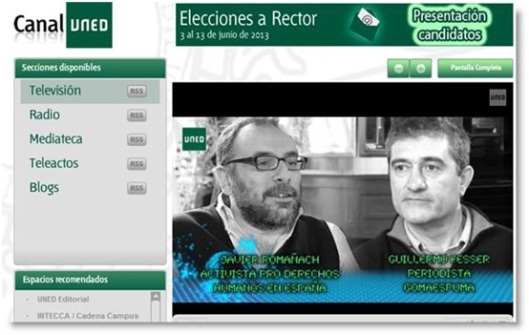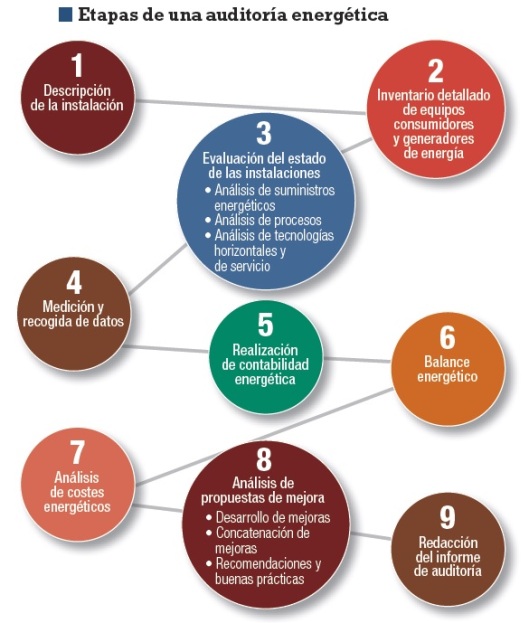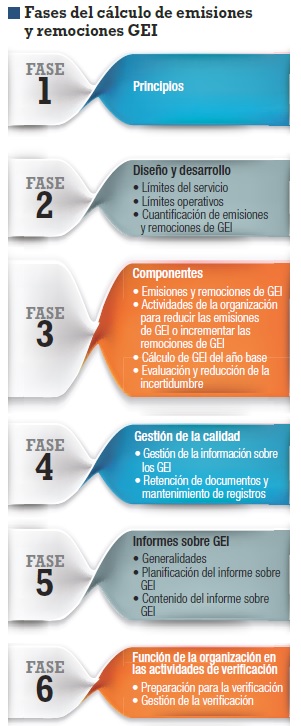In my post of 06-feb-2013 I announced that TISSAT’s Walhalla was the first Data Center awarded with the AENOR’s Data Centres Energetic Sustainability Certification. Note: Walhalla is also Tier IV certified by The Uptime Institute.
As explained in that post, AENOR’s “EA0044:2013” certification accredits that Data Centres accomplishes with the established energy audits, as well as energy and carbon footprint management systems, contributing to mitigate climate change. The result of all this certifies the Energetic Sustainability of TISSAT’s Data Centers, placed in Castellon and Valencia, a logical corollary of our continuous R&D and innovation processes in the Green Data Center área.
In short, EA0044:2013 Technical Specification, AENOR certifies that:
- TISSAT has realized an energy audit of Walhalla according to UNE 216501,
- the results and improvement proposals resulting from that audit have been included in the Tissat’s ISO-50001:2011 certified EMS (Energy Management System),
- and that carbon footprint has been calculated accomplishing the ISO 14064-1.
Please let me speak something more about what is that certification and how it can be achieved. However I‘m going to do in Spanish, since I’m going to copy some paragraphs from an
AENOR’s paper just published in website (
http://www.aenornet.es/revistaune/pdf/mayo13/28mayo13.pdf):
La Unión Europea ha aprobado algunas disposiciones regulatorias en materia de residuos, sustancias peligrosas y consumo de energía de aparatos eléctricos y electrónicos comúnmente utilizados en CPD. También ha publicado un código de buenas prácticas para este tipo de servicios, cuyos requisitos, específicos para el sector de las TIC se han adoptado en la especificación AENOR EA 0044:2013, de sostenibilidad energética en CPD.
La auditoría energética aporta información acerca del estado y comportamiento energético de la instalación en un momento dado: sus posibilidades de mejora, potencial de ahorro energético y económico, repercusiones de las mejoras en el mantenimiento así como las inversiones asociadas. Es imprescindible para una correcta realización de la auditoría energética definir tanto su ámbito físico, como el alcance técnico de la auditoría. En el siguiente cuadro se muestran las fases de una auditoría energética:
Para asegurar la validez de los datos aportados por la auditoría energética, se debe verificar que ha sido realizada y documentada por personal competente, de acuerdo con lo establecido en la Norma UNE 216501 sobre auditoría energética o en futuras normas internacionales reconocidas por las partes interesadas implicadas.
Por su parte, el Sistema de Gestión de la Energía aporta información acerca del uso y consumo de la energía, las variables que afectan al desempeño energético del CPD, el propio desempeño energético y su evolución mejorada frente a una o varias líneas base de referencia establecidas, así como las prácticas para el diseño, adquisición de datos, medición, documentación e información sobre la energía. El servicio de CPD debe asegurar que cumple los requisitos establecidos y los compromisos adquiridos en su política energética declarada de acuerdo con la Norma UNE-EN-ISO 50001:2011. Asimismo, la implantación y mantenimiento del Sistema de Gestión de la Energía también debe realizarse y documentarse de acuerdo con lo establecido en la mencionada norma y realizarse por personal competente.
Por otra parte, el cálculo de los Gases de Efecto Invernadero (GEI) aporta información acerca del desarrollo e implementación de estrategias y planes de reducción de estos gases en el servicio de los CPD, facilitando su seguimiento anual y el progreso en la reducción.
Resulta ineludible determinar los límites objeto del cálculo de las emisiones y remociones (en su caso) de estos gases, con el fin de disponer de una misma base comparativa e identificar actividades y acciones destinadas a la mejora de la gestión de los mismos. Para ello, la Huella de Carbono de la prestación del servicio de los CPD deberá asegurar lo establecido en la Norma UNE-EN-ISO 14064-1 y en el GHG Protocol, como se esquematiza en el siguiente cuadro:
Probably next post I resume this subject, publishing an interview made to my coworker Nuria Lago, who lead our certification process, about the TISSAT’s reasons for and the results of this certification.
Note.
AENOR is the Spanish Association for Standardization and Certification, that was founded in 1986, and is working in more than 60 countries, been among the 10 most important certification organizations in the world, and contributing to improving the quality and competitiveness of companies, their products and services.


